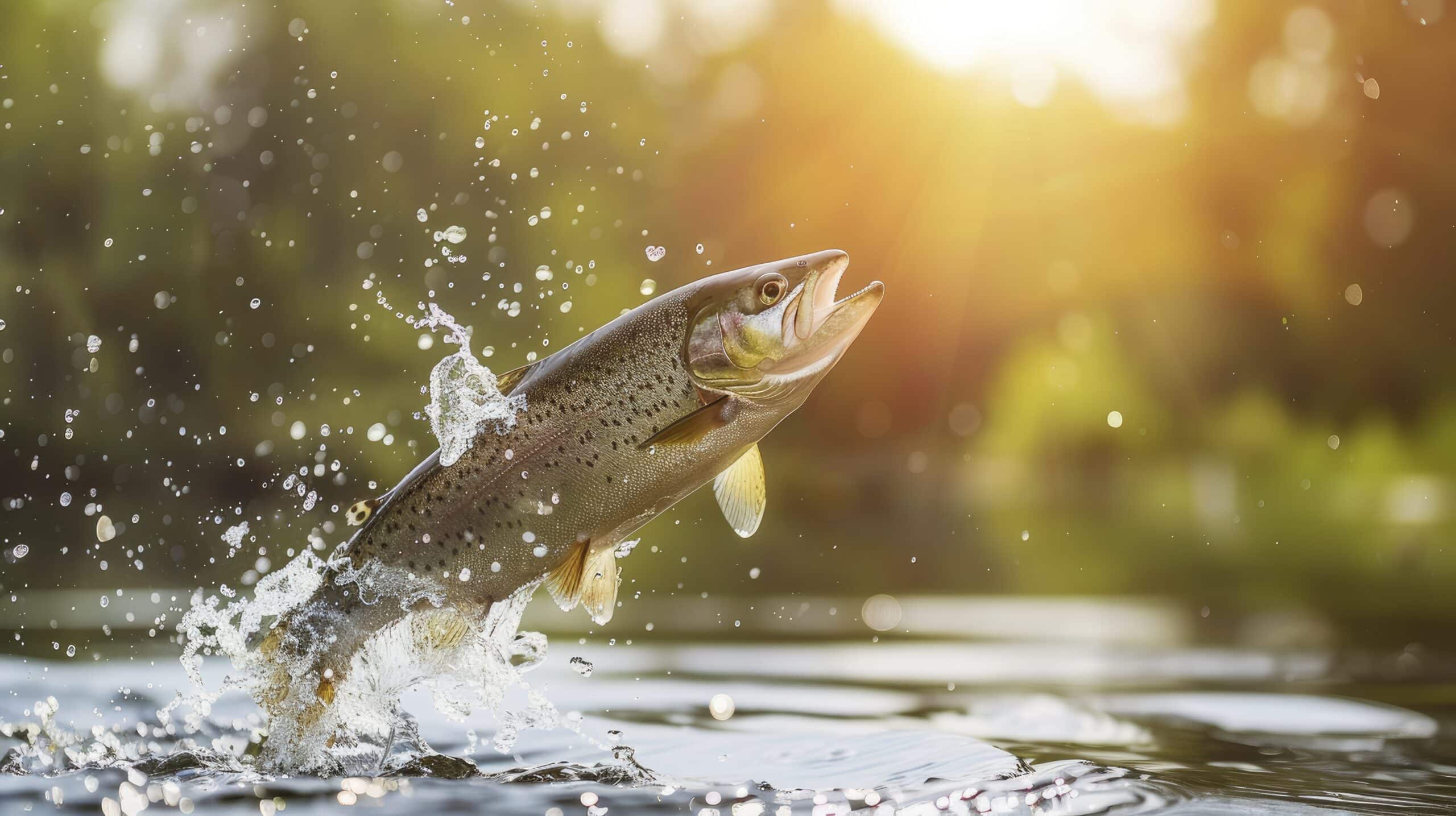What is the Easiest Way to Fly Fish for Trout?
Key Takeaways
- Minimize false casts to avoid spooking fish and increase chances of a successful catch
- Experiment with different fly patterns, colors, and styles to find what works best
- Learn to read the river and target specific areas where trout tend to hold based on current and food sources
Fly fishing for trout can be a rewarding and enjoyable experience, but it can also be challenging for beginners. If you’re new to fly fishing and want to make the process as easy as possible, there are a few key tips to keep in mind. By following these guidelines, you’ll increase your chances of success and have a great time on the water.
1. Minimize False Casts
One of the most common mistakes beginners make when fly fishing for trout is making too many false casts. While false casting can be useful for drying out your fly or changing direction, excessive false casting can spook fish and decrease your chances of a successful catch. Instead, aim to make one or two precise false casts before delivering your fly to the water.
2. Experiment with Different Fly Patterns
Trout can be selective when it comes to what they eat, so it’s important to experiment with different fly patterns, colors, and styles. Don’t be afraid to switch things up if you’re not getting any bites. Carry a variety of flies in your tackle box and try different combinations until you find what works best on any given day.
3. Learn to Read the River
Understanding the different sections of a river can greatly enhance your fly fishing experience. Take the time to learn how to read the water, including identifying riffles, runs, seams, and pools. Trout tend to hold in specific areas based on the current and available food sources. By targeting these areas, you can increase your chances of hooking a trout.
4. Set the Hook Properly
Setting the hook properly is crucial when fly fishing for trout. Stay attentive and be ready for a trout to take your fly on every cast. When you see a fish strike, make a firm and controlled hook set by lifting the rod tip. Avoid jerking the rod too aggressively, as this can result in a lost fish. Practice your hook-setting technique to ensure a solid connection with the trout.
5. Use the Right Gear
Having the right gear can make a significant difference in your fly fishing success. For trout fishing, choose a 4-weight or 5-weight rod with a matching reel. These weights provide the versatility needed for most trout fishing situations. Additionally, use the correct size tippet to match the size of your flies and the conditions you’re fishing in. Using the appropriate gear will give you better control over your casts and presentations.
6. Cover Enough Water
Trout are constantly on the move, so it’s important to cover enough water to increase your chances of finding fish. Don’t stay in one spot for too long if you’re not getting any bites. Move around and explore different sections of the river. By being mobile and actively searching for trout, you’ll increase your odds of hooking into a fish.
Fly fishing for trout can be challenging, but by following these beginner tips, you can make the process easier and more enjoyable. Remember to minimize false casts, experiment with different fly patterns, learn to read the river, set the hook properly, use the right gear, and cover enough water. With practice and patience, you’ll develop the skills needed to become a successful fly angler.
Related Websites:
FAQs:
Q: What makes fly fishing for trout so popular?
Fly fishing for trout is popular because it provides a thrilling and unique angling experience. The challenge of using specialized techniques and the beauty of casting delicate flies make it a favorite among curious anglers.
Q: What equipment do I need for fly fishing for trout?
To engage in fly fishing for trout, you’ll need essential equipment such as fly rods, reels, lines, leaders, and flies. Make sure to choose equipment that suits the specific requirements of fly fishing without mentioning any specific brands or models.
Q: What are some basic casting techniques for fly fishing?
As a beginner in fly fishing for trout, you can start with fundamental casting techniques. These include the overhead cast, roll cast, and reach cast. Practice proper casting form and technique to improve your effectiveness.
Q: How do I choose the right flies for trout fishing?
Choosing the correct fly patterns is crucial for trout fishing success. Consider factors such as water conditions, time of year, and trout feeding habits when selecting flies. Dry flies, nymphs, and streamers are all important types to be aware of without mentioning specific names or patterns.
Q: What should I consider when identifying optimal fishing spots for trout?
To find suitable locations for fly fishing for trout, it’s important to understand trout behavior, habitat preferences, and water conditions. Look for productive spots such as riffles, pockets, and eddies to increase your chances of success.






